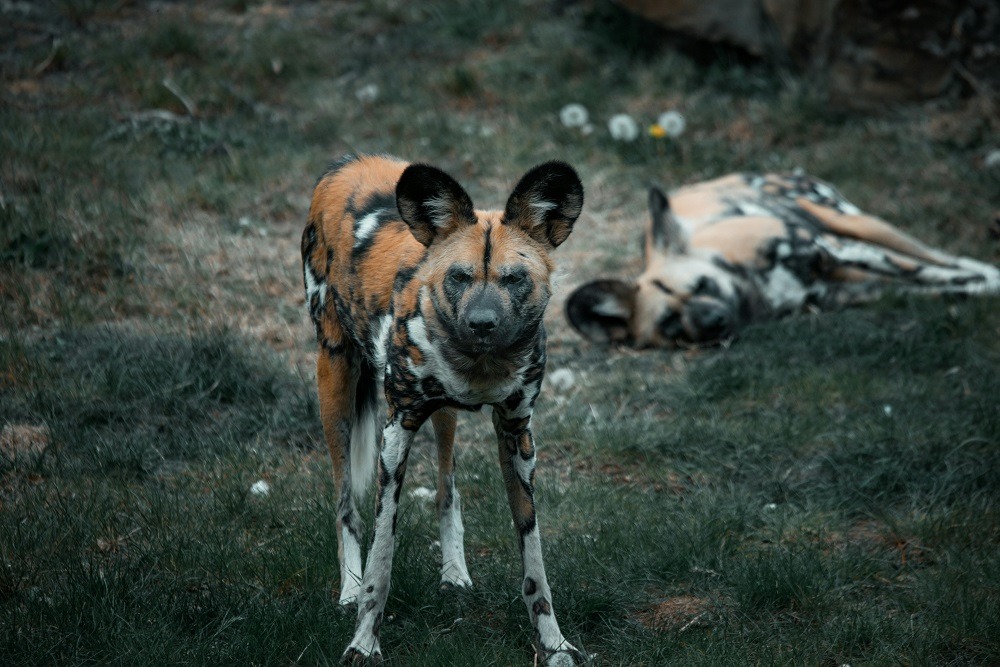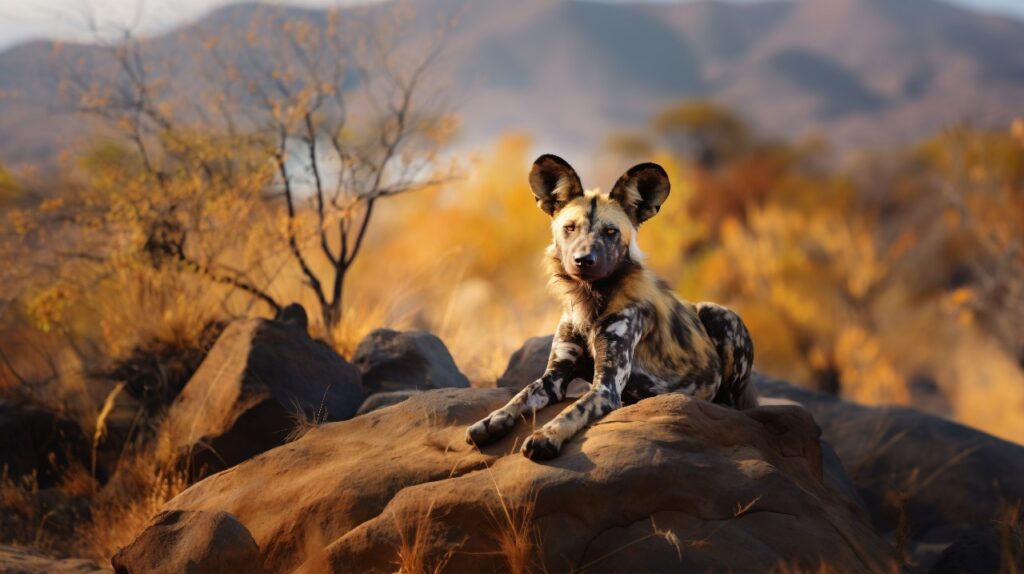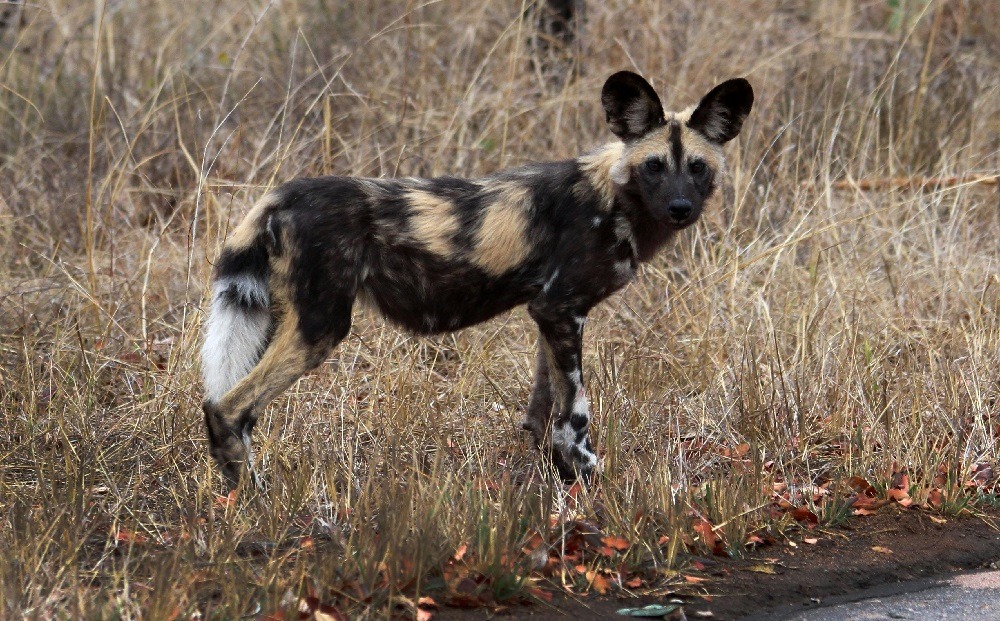African wild dogs, or Lycaon pictus, are among Africa’s most captivating predators. Known for their striking patchwork coats and extraordinary teamwork when hunting, these animals were once widespread across much of sub-Saharan Africa. Today, however, their populations are fragmented, and they exist mainly in a few strongholds where conservation efforts have successfully protected both the species and its habitat. Understanding exactly where to find these predators, how they live, and the threats they face is vital for wildlife lovers and conservationists alike. While many dream of seeing a pack in the wild, spotting them remains a rare privilege due to their low numbers and vast territories. The following sections explore the key questions surrounding African wild dogs, from where they can be found to their relationships with humans and other predators.
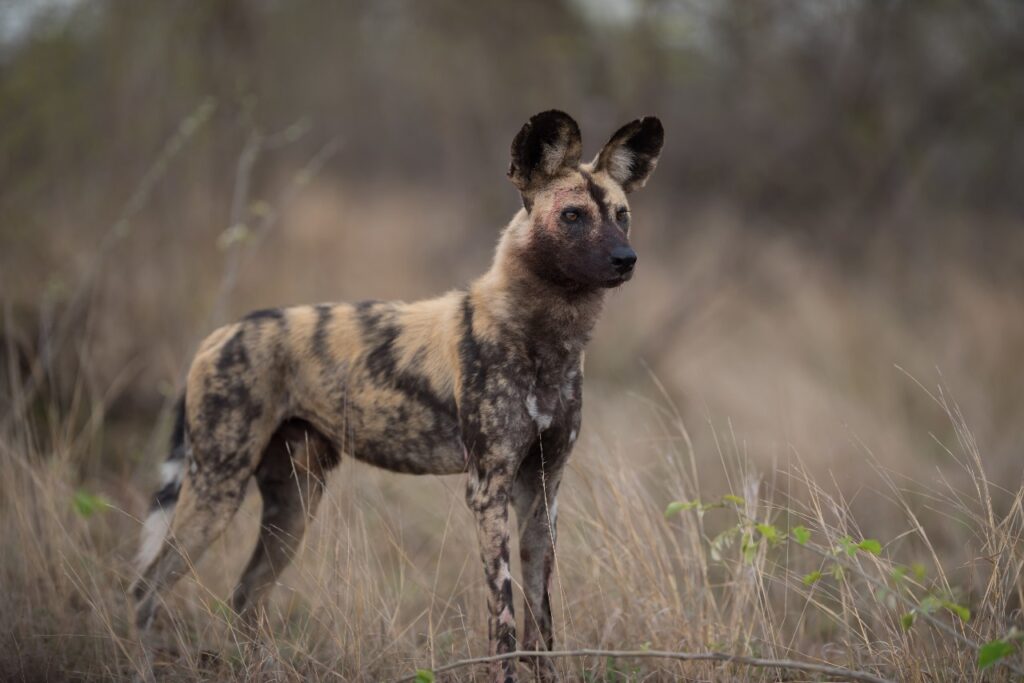
Where to Find Wild Dogs in Kruger National Park?
Kruger National Park in South Africa remains one of the best places in Africa to encounter African wild dogs in their natural environment. This enormous reserve covers nearly 20,000 square kilometers, providing the wide-open territories that these predators require. Wild dogs are constantly on the move, and their home ranges can extend over hundreds of square kilometers. In Kruger, they are most commonly sighted in the southern and central regions of the park. Areas such as Lower Sabie, Crocodile Bridge, Skukuza, and Pretoriuskop are well-known hotspots. Here, the abundance of medium-sized prey like impalas, wildebeests, and kudus supports the dogs’ hunting needs. Early mornings and late afternoons are the most promising times for sightings, as the cool temperatures encourage hunting and social activities. Visitors who see them often remark on the thrill of watching a coordinated chase, a display of speed and endurance unmatched in the animal kingdom. However, given their nomadic habits, sightings are never guaranteed, and part of the magic lies in the unpredictability.
Are African Wild Dogs Friendly to Humans?
African wild dogs are not domesticated and cannot be considered friendly in the sense that a pet dog might be. In the wild, they are wary of humans, and their natural instinct is to avoid close contact. This cautious behavior is a survival strategy developed over centuries, as interactions with humans have not always been safe for them. In some well-protected reserves and parks, wild dogs may become habituated to safari vehicles, allowing visitors to observe them at relatively close range without causing them stress. They may trot past a vehicle or rest nearby if they do not feel threatened, but this tolerance should not be mistaken for friendliness. It is crucial to respect their space and avoid any actions that could alter their natural behavior. For their safety, wild dogs should never be fed or approached on foot, as this can create dangerous situations for both the animals and humans. Conservation ethics emphasize minimal disturbance, allowing these predators to remain wild while still being appreciated.
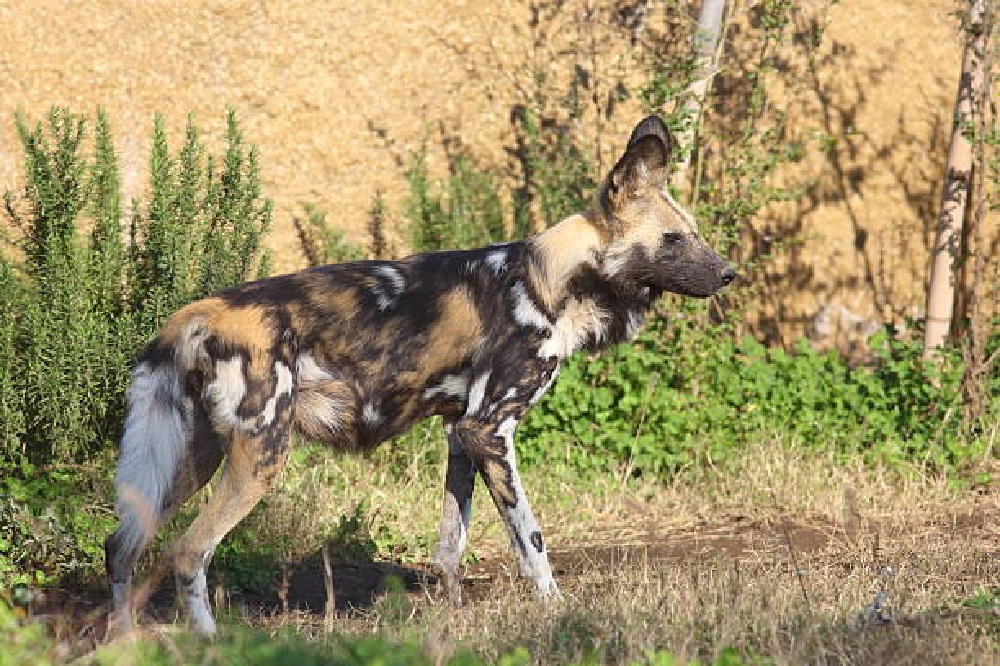
Can African Wild Dogs Breed with Dogs?
Despite their name, African wild dogs are not directly related to domestic dogs and cannot breed with them. They belong to a separate genus, Lycaon, which diverged from the genus Canis millions of years ago. This genetic difference means they have a distinct number of chromosomes—wild dogs have 78, while domestic dogs also have 78, but their evolutionary divergence makes hybridization impossible. The inability to breed with domestic dogs is actually a positive factor for conservation, as it prevents dilution of the species’ genetic integrity. However, domestic dogs still pose a significant risk because they can transmit deadly diseases such as rabies and canine distemper. These illnesses have devastated wild dog populations in the past. As a result, vaccination campaigns in communities near wild dog habitats are essential. These programs protect both domestic pets and endangered wildlife, ensuring that the two species can coexist without spreading harmful pathogens.
Who Eats African Wild Dogs?
In the wild, African wild dogs are apex predators, but they are not without threats from other carnivores. Lions are their most dangerous natural enemies. While lions do not typically hunt wild dogs for food, they will kill them to reduce competition for prey. Hyenas are another serious threat, often stealing kills from wild dogs and sometimes killing pups or isolated individuals. Leopards and crocodiles have also been known to prey on them occasionally, especially on young or sick members of the pack. Predation pressure, however, is not the main factor limiting their numbers. Human-related dangers—such as snaring, shooting, and vehicle collisions—far outweigh losses from natural predators. The combination of competition with larger carnivores and human interference creates a constant survival challenge. Nonetheless, the cooperative nature of wild dog packs gives them a fighting chance, as teamwork is their greatest defense against both predators and environmental challenges.
How Many African Wild Dogs Are Left in 2025?
By 2025, African wild dog numbers remain critically low, with an estimated global population of between 6,000 and 6,500 individuals. These numbers are spread thinly across several countries, with the largest populations in Botswana, Zimbabwe, Namibia, South Africa, and Tanzania. Botswana’s Okavango Delta and surrounding wildlife corridors are considered one of the last true strongholds, home to more than a thousand wild dogs. In East Africa, Tanzania’s Nyerere National Park (formerly Selous Game Reserve) and the Serengeti ecosystem host important populations. West and Central Africa harbor much smaller, more vulnerable groups. The decline over the past century has been staggering—historically, wild dogs roamed across nearly the entire African continent south of the Sahara. The current small numbers reflect the immense pressures of habitat loss, disease, and human conflict. Conservationists are working tirelessly through anti-poaching patrols, habitat connectivity projects, and public awareness campaigns to secure the species’ future.
Are There African Wild Dogs in the Serengeti?
African wild dogs do exist in the Serengeti ecosystem, but sightings are rare. In the past, diseases such as rabies and canine distemper nearly wiped out local populations. Recent conservation efforts, including reintroduction and disease control, have allowed small packs to reestablish themselves in surrounding areas. They are more often seen in the less-touristed southern and western Serengeti, where they can hunt without as much disturbance. Their movements are unpredictable, as they range over vast areas that sometimes extend beyond park boundaries into community lands and neighboring reserves. The Serengeti offers ideal hunting grounds—open plains teeming with prey—but maintaining a stable population here is challenging. Continued monitoring and cooperation between park authorities and neighboring communities will be key to ensuring that the wild dogs’ presence in this iconic ecosystem grows stronger in the years ahead.
Are African Wild Dogs Hyenas?
Despite some superficial similarities in their social structures and hunting methods, African wild dogs are not hyenas. Hyenas belong to the family Hyaenidae, while wild dogs are in the family Canidae, making them more closely related to wolves, foxes, and domestic dogs. The confusion often comes from the fact that both species live in tight-knit groups and cooperate to hunt prey. However, they differ significantly in appearance, biology, and hunting strategies. Wild dogs are built for speed and endurance, with long legs, slim bodies, and large rounded ears. Hyenas, in contrast, have a sloping back, powerful necks, and stronger jaws suited for crushing bone. In the wild, these two species are often in competition, particularly over food, with hyenas frequently stealing carcasses from wild dogs. Understanding the differences between them helps dispel myths and highlights the unique role each species plays in its ecosystem.
What is the Largest Wild Dog in the World?
Globally, the largest wild dog species is not the African wild dog but the grey wolf (Canis lupus). However, within Africa, the African wild dog is the largest native canid. Adult males typically weigh between 20 and 30 kilograms and stand around 75 centimeters at the shoulder. Their build is optimized for long-distance chases rather than brute strength. While wolves rely on a combination of power and endurance, wild dogs depend almost entirely on stamina and teamwork. Their hunting success rates are among the highest of any carnivore, often exceeding 70 percent, thanks to their pack coordination. This efficiency, combined with their striking multi-colored coats, has made them one of Africa’s most admired yet endangered predators.
Where is the Best Place to See Wild Dogs in Africa?
While sightings can never be guaranteed, certain regions consistently offer better chances to see African wild dogs. Botswana’s Okavango Delta and Moremi Game Reserve are widely regarded as the best places, with healthy populations and excellent tracking by experienced guides. In South Africa, Kruger National Park and the adjoining private reserves of the Greater Kruger area offer good opportunities. Zimbabwe’s Hwange National Park and Mana Pools also provide regular sightings, particularly during the dry season when game congregates near water. In East Africa, the Selous (Nyerere) in Tanzania is a stronghold, while Laikipia in Kenya is emerging as a success story for wild dog conservation. The key to seeing them lies in patience, timing, and the guidance of skilled trackers who know the animals’ movements and behavior patterns.
Are There African Wild Dogs in Zoos?
Yes, African wild dogs are kept in select zoos around the world as part of captive breeding and educational programs. These facilities often participate in global conservation initiatives, sharing genetic material and coordinating breeding to maintain healthy, diverse captive populations. Zoos in Europe, North America, and South Africa have contributed to public awareness of the species’ plight, helping to secure funding for field conservation projects. While zoo environments cannot fully replicate the vast territories wild dogs require, they serve as valuable ambassadors, allowing millions of people to learn about the species up close and fostering support for their protection in the wild.
Is it Rare to See African Wild Dogs?
Yes, seeing African wild dogs in the wild is considered a rare and special experience. Their low population numbers, vast home ranges, and constant movement make them far harder to find than many other African predators. Even in strongholds like Botswana or Kruger, days can pass without a sighting. This rarity adds to their allure among wildlife enthusiasts and photographers. When a sighting does occur, it is often unforgettable—watching a pack interact, hunt, or care for their pups provides a deep insight into their complex social structure. The scarcity of sightings underscores the urgency of conservation, as each encounter is a reminder of how fragile their survival is.

What Dog Looks Like a Hyena?
Several wild canids bear some resemblance to hyenas in certain features, but the African wild dog is sometimes mistakenly compared to them because of its mottled coat and large ears. However, in terms of body shape and structure, wild dogs are quite different. Another species, the aardwolf, which is actually a member of the hyena family, shares a similar size and some facial features with smaller wild canids, which can cause confusion. In domestic breeds, the African painted dog’s coloration is unique and not replicated exactly, though certain spotted or mottled coat patterns in breeds like the Australian Cattle Dog might evoke a vague similarity. Still, no domestic dog perfectly mirrors the wild dog’s appearance, which is a product of millions of years of adaptation to its African environment.

